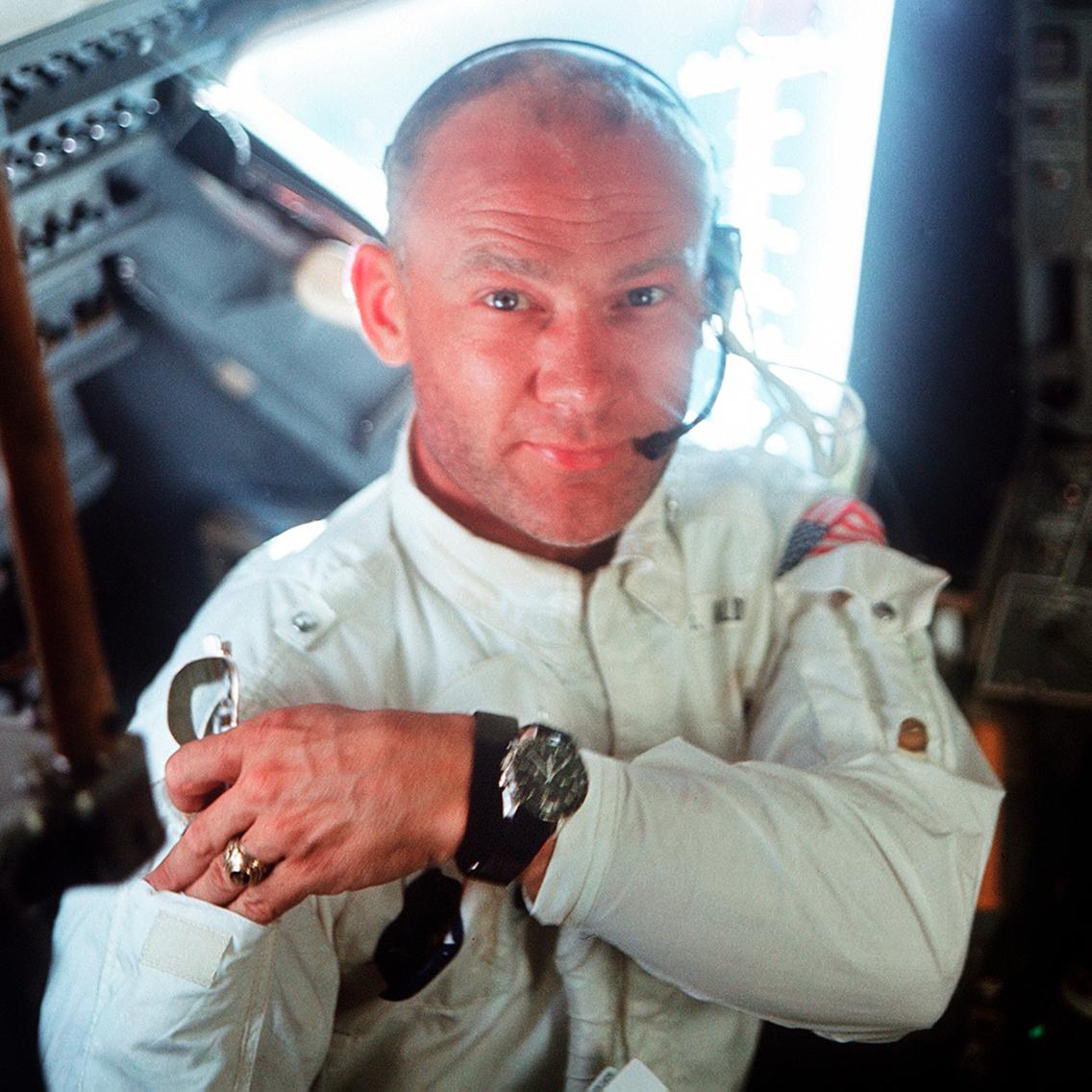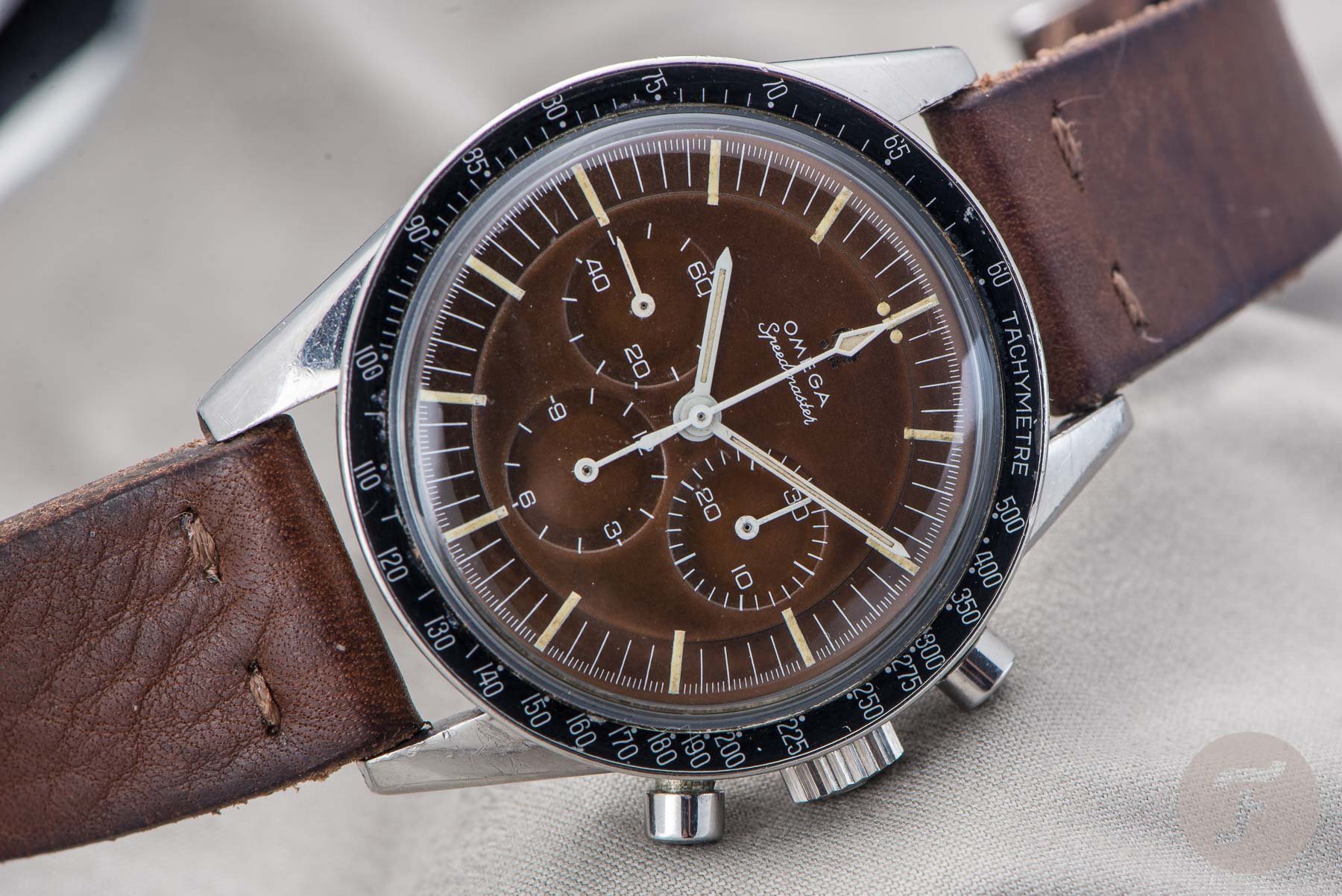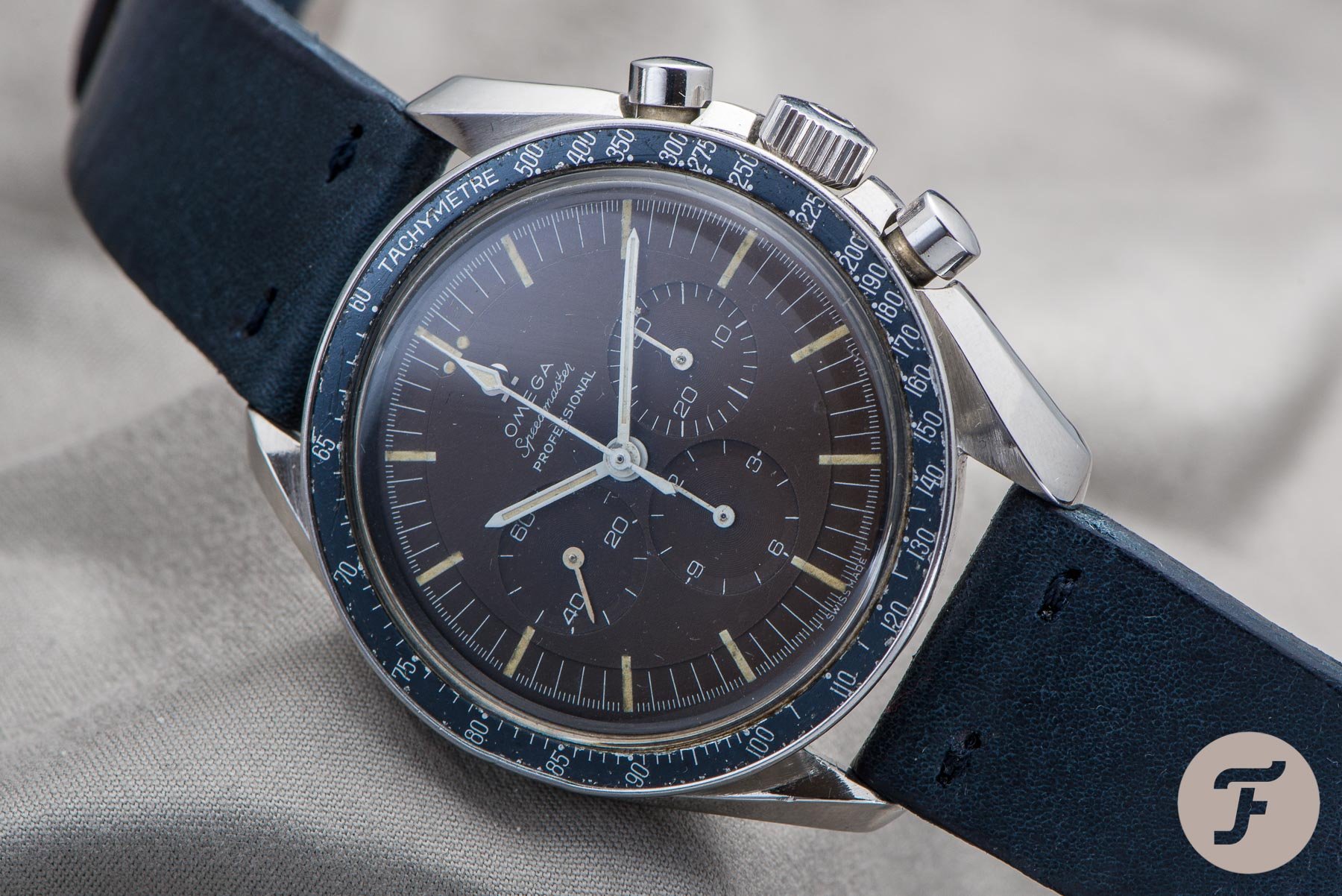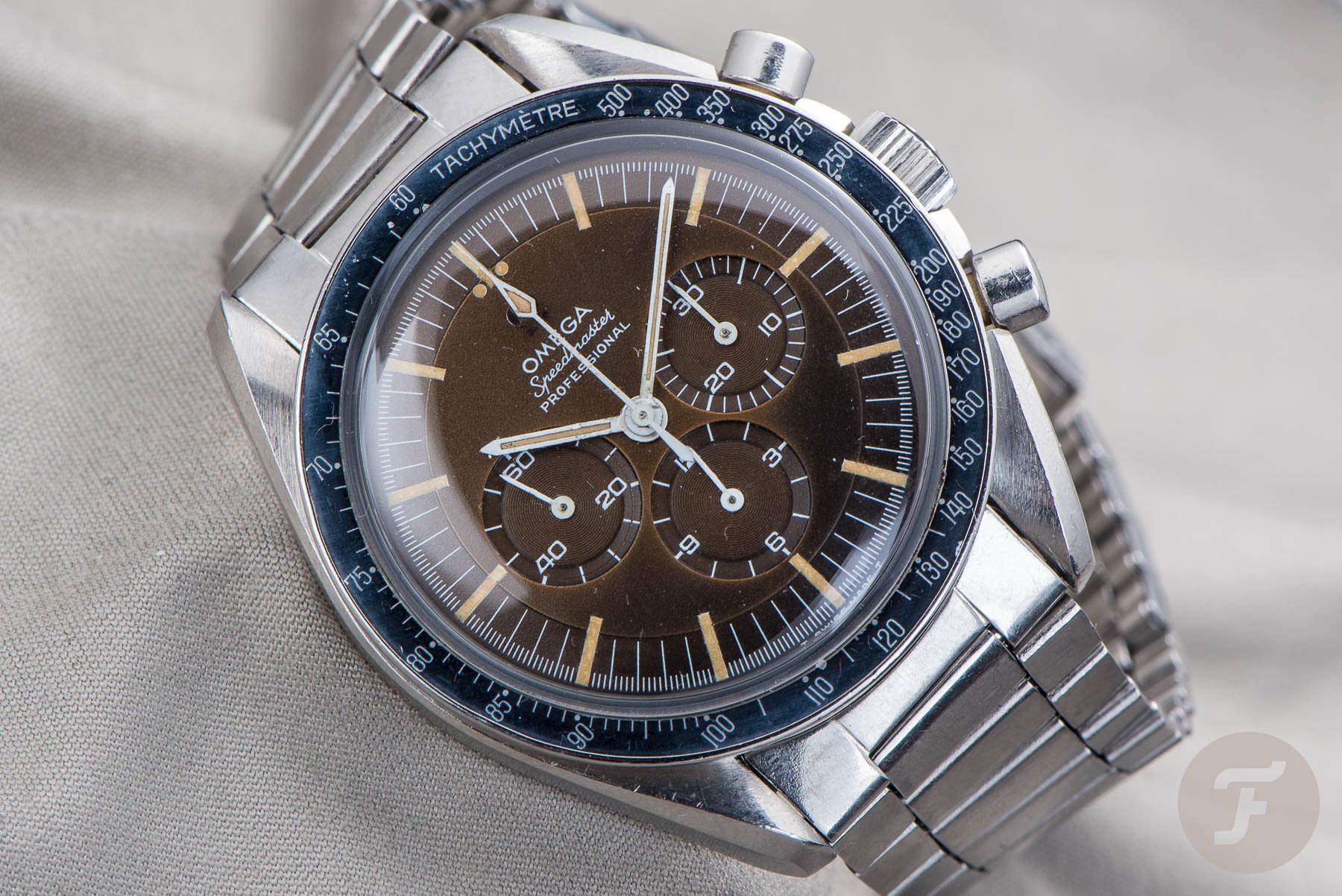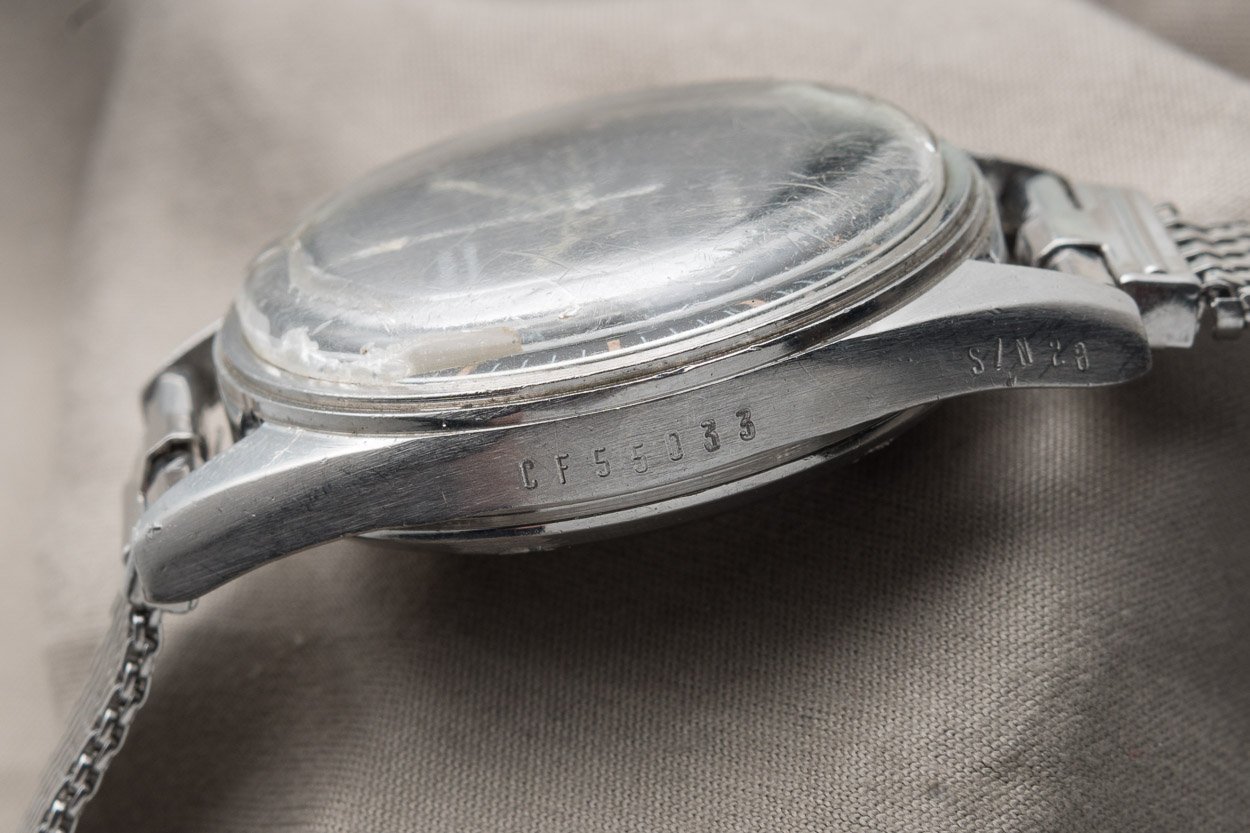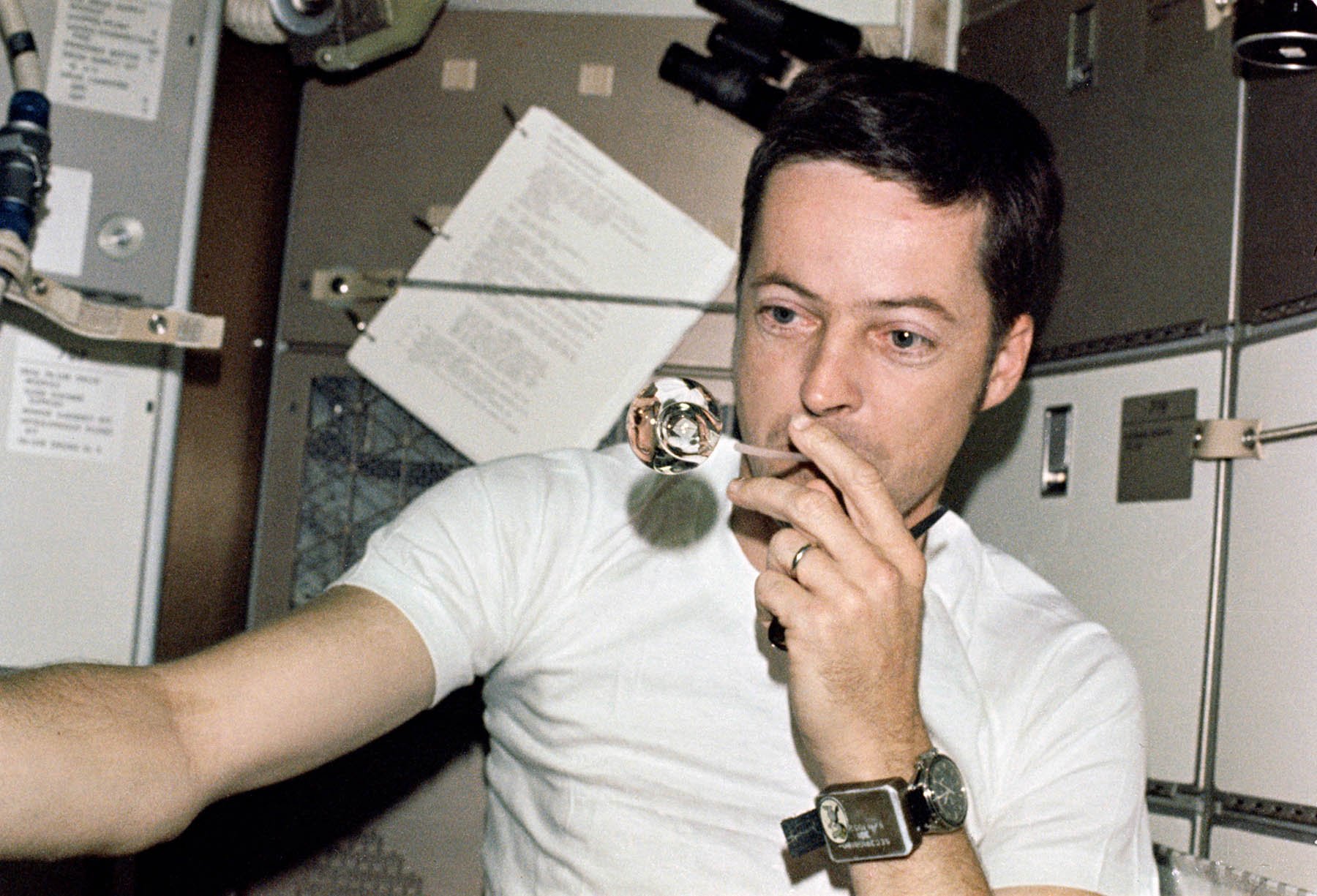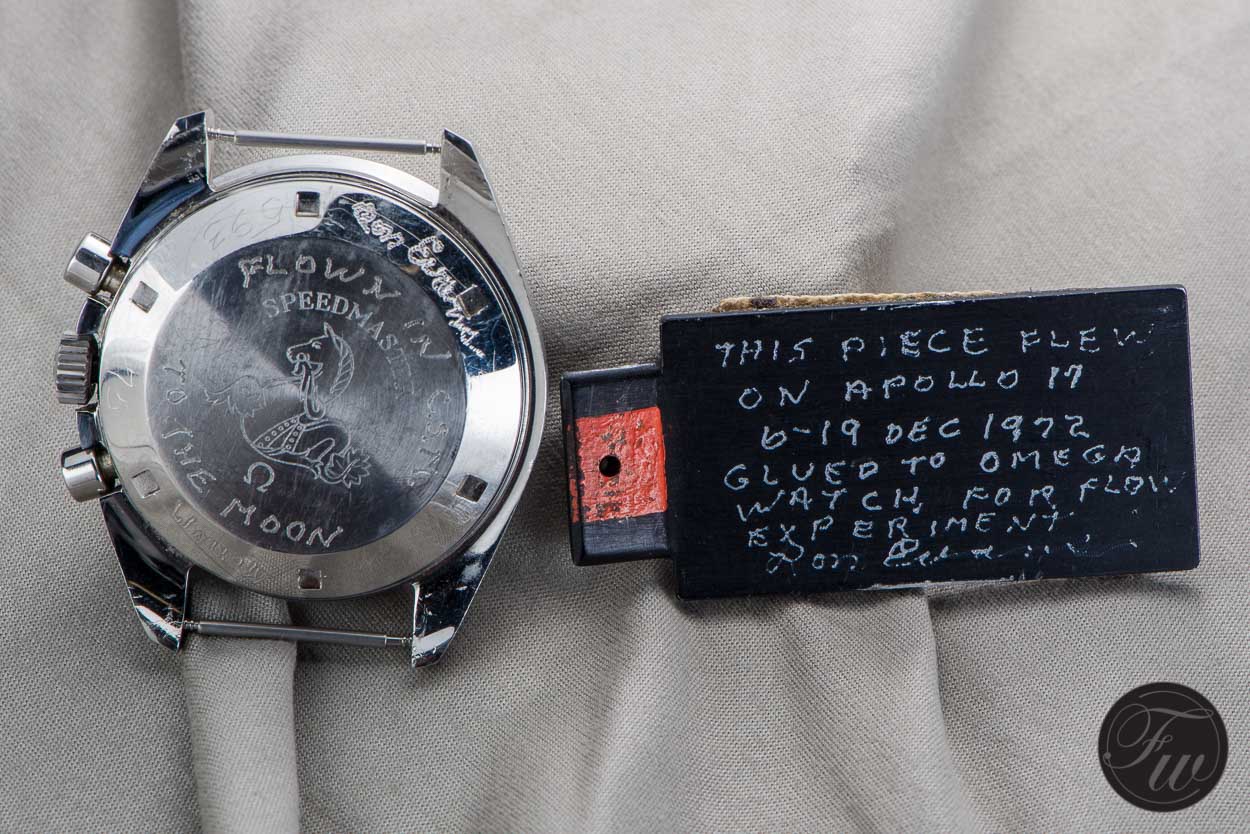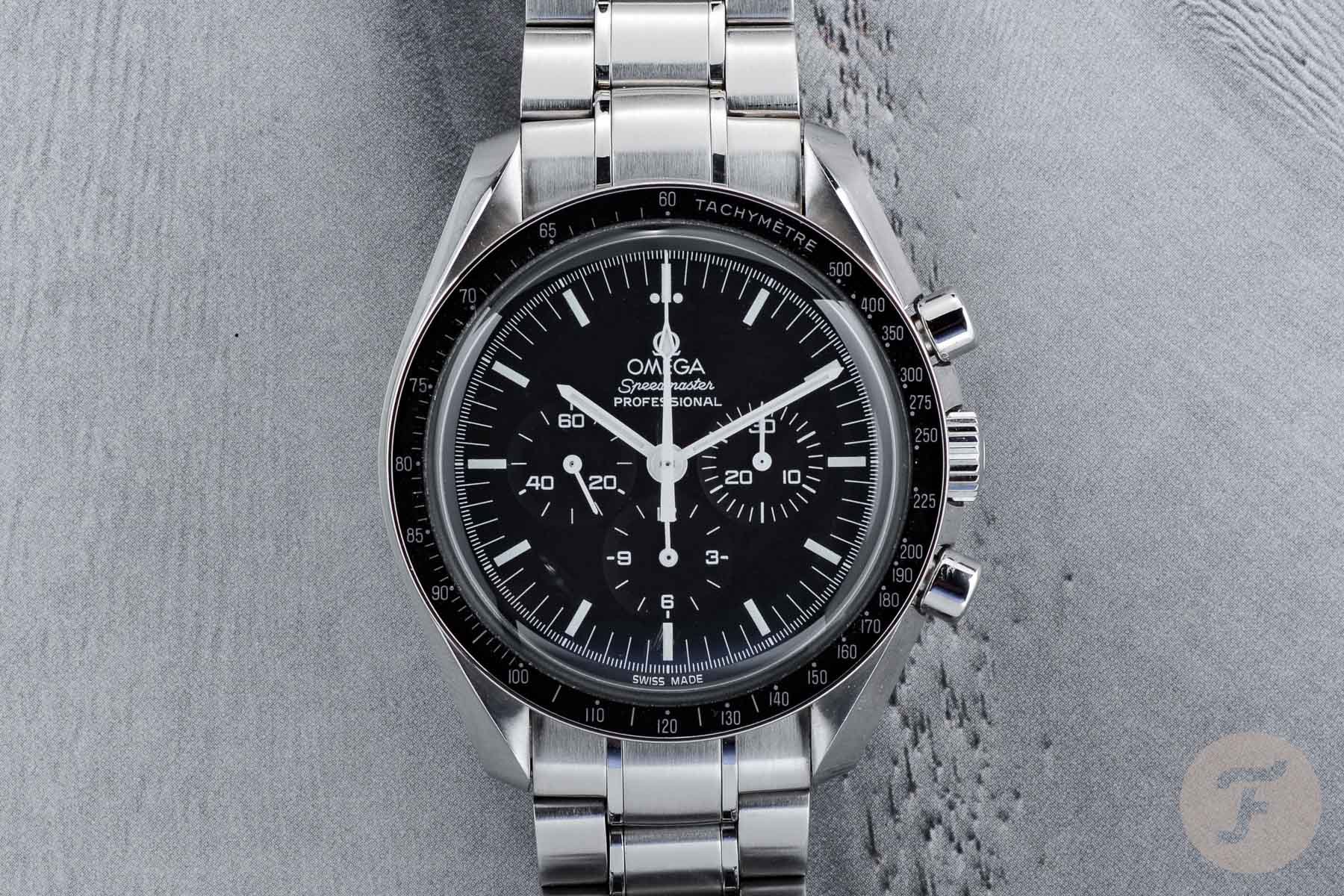The Moonwatch — The Speedmasters That Went To The Moon
On July 21st, 1969, the Omega Speedmaster became the Moonwatch. Before that, it was “just” the chronograph that astronauts used onboard the spacecraft and during their spacewalks.
It ascended to the legendary status it holds today after rigorous testing. Understanding exactly what the Speedmaster went through to reach this level is fascinating. We reported the testing procedures in how the Speedmaster became the Moonwatch. If you’d like to read about the failed competition, you can do so here.
This article contains a lot of reference numbers. Don’t let that confuse you. But if you have any questions, or need further clarification on anything, just ask us in the comments section below.
The Moonwatch
On the official Omega website, you will find a selection of Moonwatch models under “Speedmaster”. 44 different watches to be exact. But you can forget about most of them when it comes to the Moonwatch. In this article, we answer the question which Speedmaster watch today is closest to the original Moonwatch. I suggest you read that one if you want to know about the direct descendant of the watches worn on the Moon. Also, that one version of the Speedmaster Professional (reference 311.30.42.30.01.005) is still being used today, by all astronauts and cosmonauts that leave Earth via Russia.
Speedmaster 105.003
There are three Speedmaster watches that qualify as Moonwatches, if we define the term as appropriate only for watches used and worn on the Moon. The 105.003 is the Speedmaster that is qualified by NASA in 1965. Omega sent at least 27 of these Speedmaster 105.003 watches to NASA. Meanwhile, Omega started producing the Speedmaster Professional (105.012 and 145.012), and after the qualification, Omega started to sent these watches to NASA. Anyway, the 105.003 reference was not only used during the 1965 spacewalk by Ed White, but it has also been on the Moon on the wrist of Gene Cernan (Apollo 17). It was his watch that is used as an example for the new Speedmaster caliber 321. The 105.003 is the last straight lug Speedmaster.
Speedmaster Professional 105.012
It is a common misunderstanding that “Professional” was added after the qualification by NASA. The Speedmaster Professional was already introduced in 1964. That dates it to before its qualification. The Speedmaster Professional has a new a-symmetrical case design, with crown guards, and measures 42mm in diameter. Slightly bigger than its 39.7mm predecessor. It was this reference 105.012 that turned the Speedmaster into the Moonwatch. The Speedmaster Professional 105.012 was on the wrist of Edwin “Buzz” Aldrin. Neil Armstrong’s Speedmaster was also a 105.012, but legend has it that it stayed on board of the Lunar Module.
Speedmaster Professional 145.012
And here’s the other Speedmaster Professional that was used on the Moon (by Alan Shepard, for example): reference 145.012. It is a slight upgrade from the 105.012, with screwed in pushers and its taller caps. The Moonwatch 145.012 was also the last Speedmaster to use caliber 321. Until recently that is, as Omega restarted production of the caliber 321 in 2019 and use them in their platinum Speedmaster Professional as well as the new Speedmaster “Ed White” in steel.
How many Speedmasters did NASA receive?
There is no definitive list of specific Speedmaster references used by the Apollo astronauts. What do we know so far? Omega’s Heritage Team informed us that NASA received a total of 97 Speedmaster watches through 1968. They all received an “internal” serial number from NASA. Watches 1–28 are confirmed as reference 105.003. Unfortunately, the reference numbers of watches 29 and 30 couldn’t be confirmed.
The serial numbers
Serial number 66 is the last 105.012 that Omega Heritage Team has been able to confirm (on-site). The Speedmaster with NASA serial number 72 (assigned to William Pogue) is the first 145.012 that Omega Heritage Team has been able to confirm. We assume that the watches run in chronological order.
That makes it tough…
That would mean that after 72 (up to 97), all watches are a 145.012. Also, that suggests that (at least most of the references) between 31 and 72 are reference 105.012. A lot of watches are on loan all the time. That makes it tough for the Omega Heritage Team to visually identify the pieces. Serial number 82 is the last confirmed Speedmaster (astronaut Kerwin, Space Lab 2) — watches from serial numbers 83 through 97 have not been assigned.
Speedmaster Professional 145.022
Reference 145.022 was not worn on the moon. It did, however, come very close to it. During Apollo 17, astronaut Ron Evans was in charge of a specific project, for which he used a Speedmaster 145.022. This Speedmaster has its own special history. Rather than being supplied by Omega, it was instead given to Evans by the company responsible for the heat flow experiment onboard the Command Service Module. In 1978, the Speedmaster has qualified again for use during the Space Shuttle program. This was the Speedmaster Professional 145.022 with a radial dial, only 56 pieces of these were sent to NASA.
Watches used in space
If you’d like to learn more about other watches used in Space, you’re in luck. An initiative organized by Robert J. Jackson, and together with a number of contributors, has resulted in 1,500 entries. I happen to find this a wonderful and detailed overview of watches used in space. You can find the list of watches used in space here.
…the Omega Speedmaster X-33 Gen 2…
Today, the Omega Speedmaster X-33 Gen 2 is still used by NASA and given to astronauts who leave earth via one of their launch areas (like Space-X). The Russian Space Federation hands out a hand-wound Speedmaster Professional and a Skywalker to each astronaut and cosmonaut that goes into space via theirs.
The Moonwatch today
Unfortunately, there has not been a Moon landing since 1972. We still call the current Speedmaster Professional the Moonwatch, though. It is a direct descendent of reference 145.012. During our Speedy Tuesday “Back to Base” event in December 2019, Omega let us know that there will be an upgrade to the Moonwatch as we know it today. It will receive the caliber 3861 movement.
…it will definitely bring the Speedmaster Professional on par with their other watches…
This is the movement that Omega introduced last year in the Apollo XI 50th anniversary models in steel and in gold. We don’t know when this will happen, but it will definitely bring the Speedmaster Professional on par with their other watches when it comes to the Master Chronometer certification by METAS.

